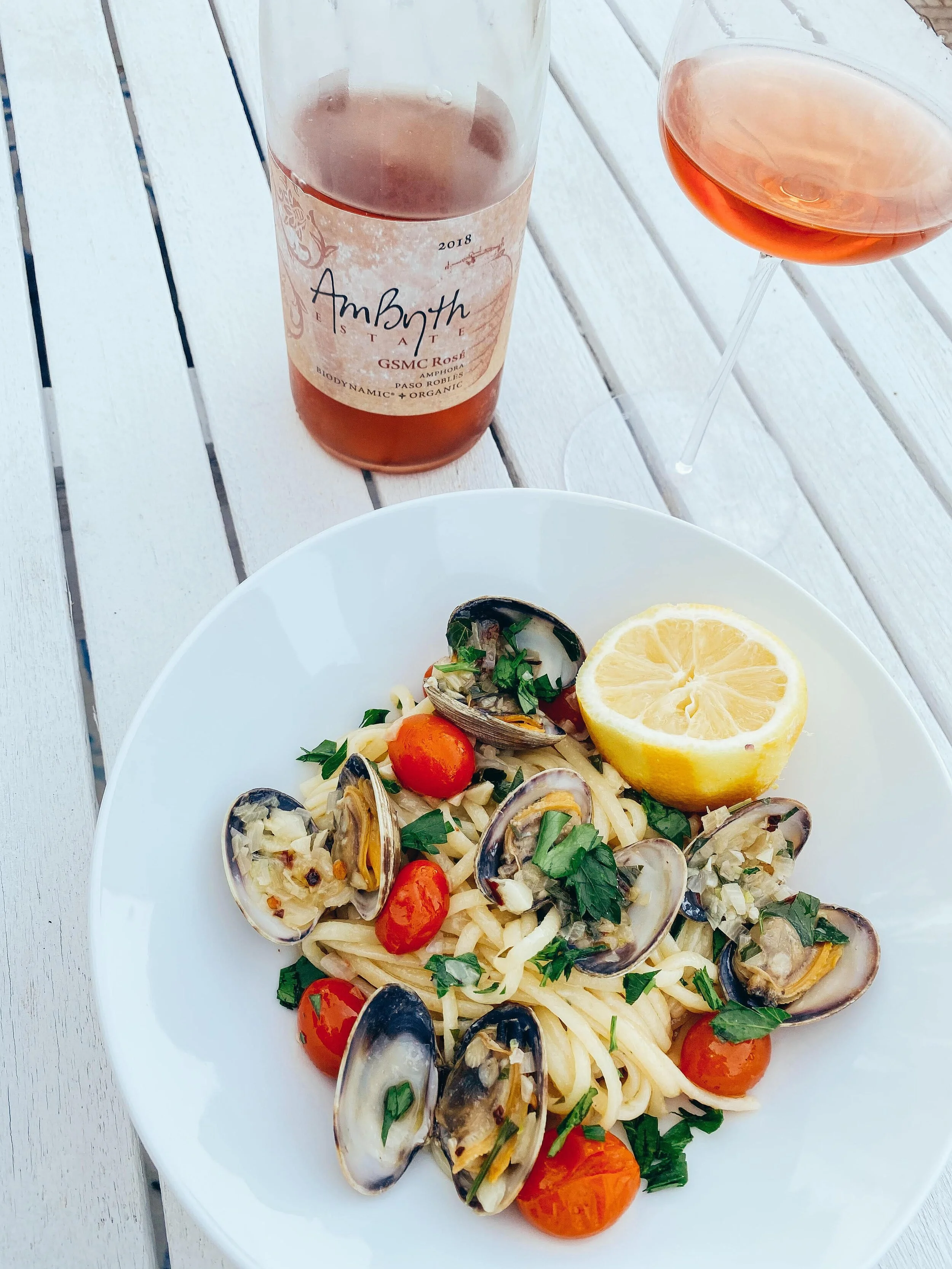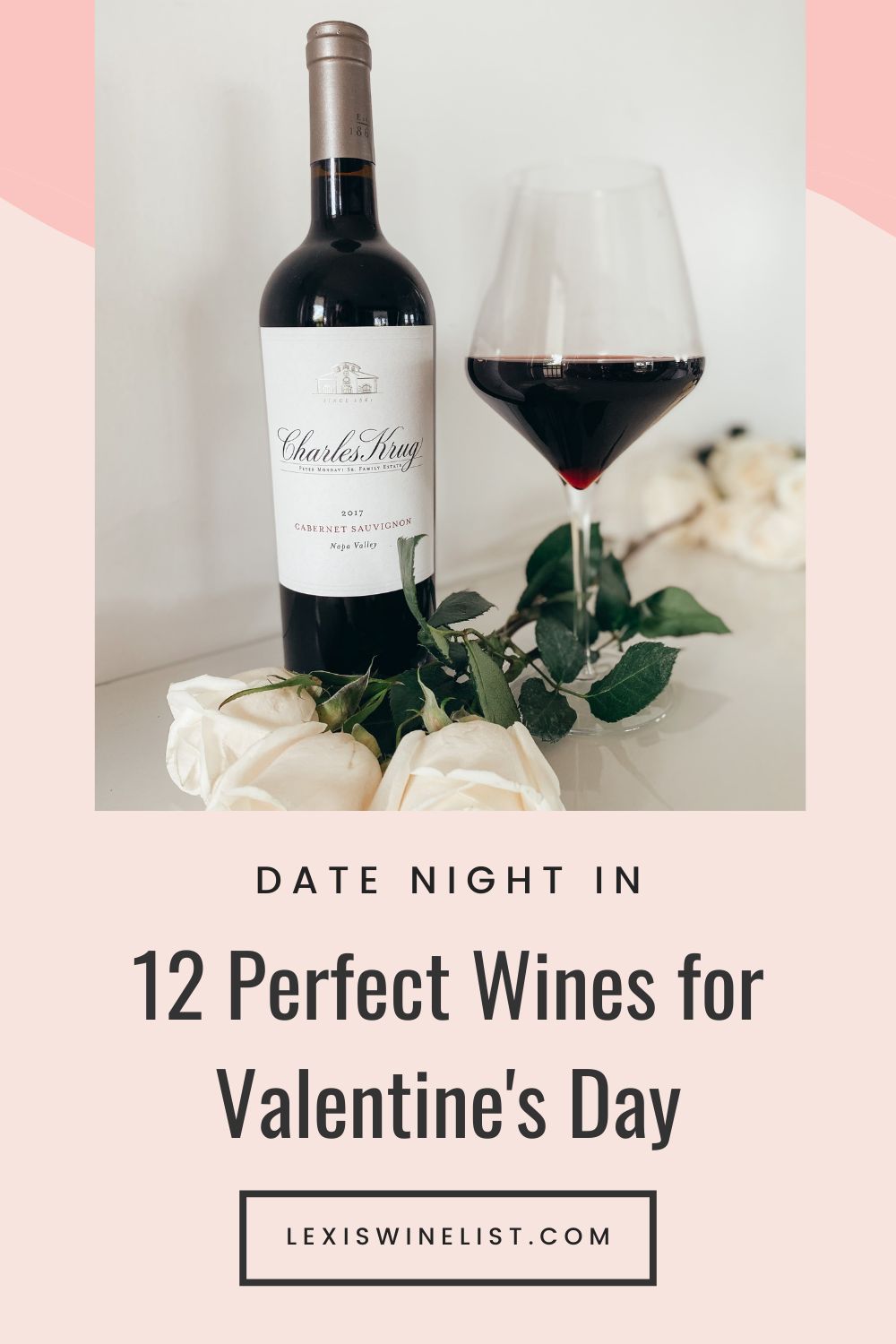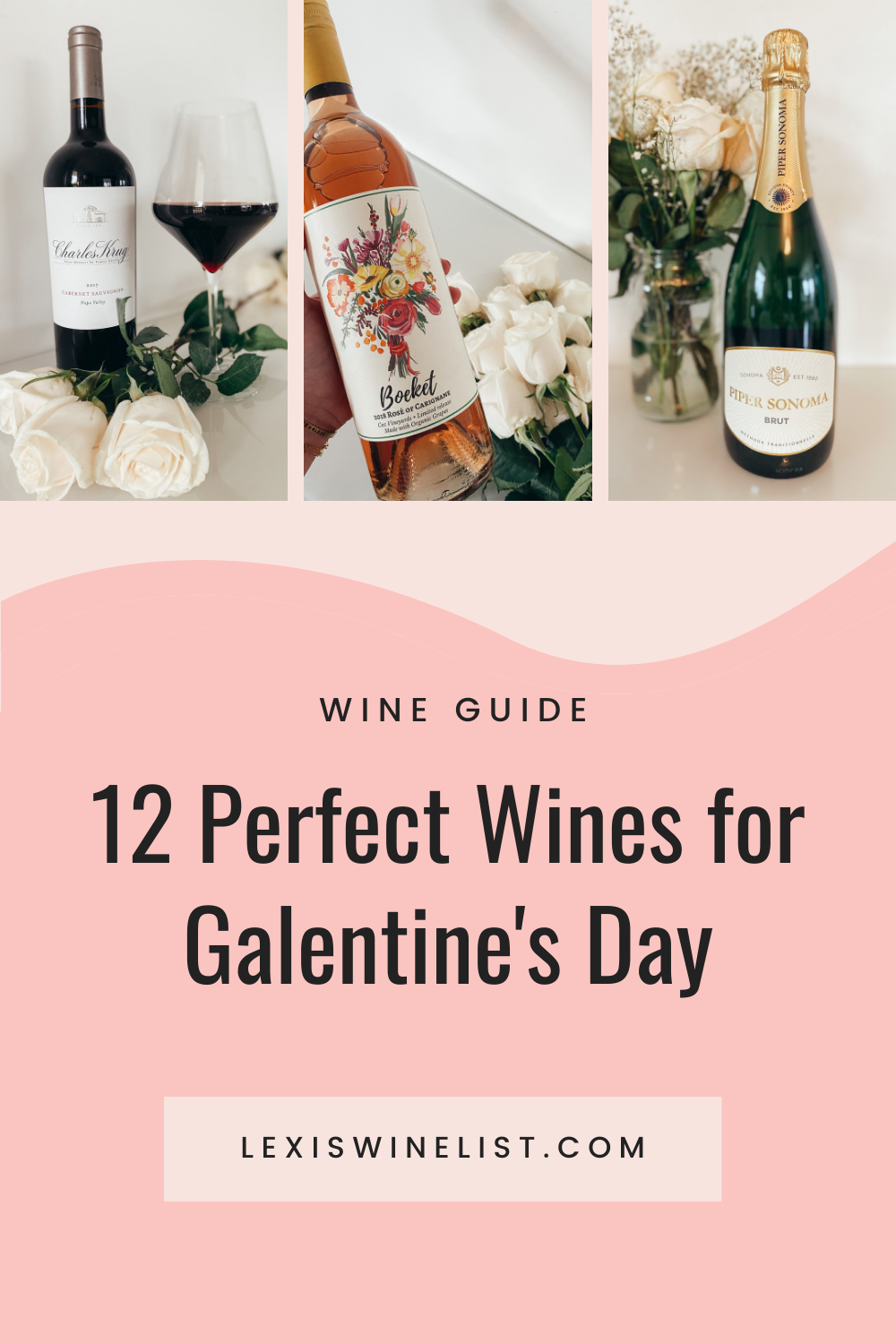Wine Pairing Recipe: Linguine alle Vongole + Rosé
Linguine alle Vongole, or Linguine with Clams, is one of my favorite pasta recipes to make at home. It might seem intimidating if you’ve never cooked clams at home before, but trust me, it’s so easy.
This dish screams summer to me. It immediately transports me to sitting beachside along the Mediterranean coast, sun shining, and rosé flowing. I know we’re all missing traveling right now, so the good news is you can recreate a dreamy setting at home with this dinner recipe and wine pairing.
Since I’ve made this recipe so many times, I’ve tried a few different wine pairings with this dish, so below I’ve provided some options that work in case you don’t have a rosé on hand.
If you’re curious to learn more about food and wine pairing, book a virtual wine tasting with me! I’ll teach you the basics of wine tasting, while giving you some tips on matching food and wine.
Wine Pairing Recipe: Linguine alle Vongole + Rosé
If you’re having a small summer dinner party, this recipe is a great option because the ingredients are relatively affordable, and it doesn’t take long to throw together. It’s also perfect for date night since it’s not overly complicated, but the final result will make you look like a real chef. ;)
I’ve tried many different iterations of this dish over the years, and my favorite one so far is from Once Upon a Chef, so I’ve used this recipe as a base and made a few tweaks according to my preferences - feel free to do the same!
Here’s how to make my go-to linguine with clams recipe, a rosé pairing and why this food and wine pairing works, plus other wine suggestions to match with your summer seafood dishes.
The recipe
This recipe is for 2-4 people, depending on how hungry you are. If you’re serving 4, just double the amount of clams, but the rest of the measurements will stay the same.
Ingredients:
1 pound dry linguine
20-24 small clams
5-6 cloves of garlic, minced
1-2 shallots (if shallots are small, do 2), minced
1 cup dry white wine
Handful of cherry tomatoes
Pinch of red pepper flakes
½ cup fresh parsley, chopped
2 tbsp butter
Juice of ½ lemon
1 tsp lemon zest
Salt to taste
How-to:
Here’s a how-to video, in case you’re a visual learner. In this example, I paired the dish with a white wine from Spain, called Viura (see below for more wine pairing options).
I’ve also typed out the steps for you here:
About 20 minutes before cooking, soak the clams in cold water to ensure the sand is removed. Rinse and drain.
Boil your pasta until it’s al dente (follow instructions on the package). Be sure to salt the water heavily. Reserve ½ cup pasta water before draining the pasta.
Meanwhile, heat a tablespoon of olive oil in a large saucepan and sauté the shallots & garlic for about 30 seconds.
Add the red pepper flakes, clams, white wine, cherry tomatoes, and half of the parsley. Bring to a simmer, cover and cook until clam shells have opened (about 5 minutes). If any clams did not open, discard them.
Remove the clams, place them aside, and cover to keep warm.
Add the drained pasta to the saucepan and stir to coat.
Stir in the butter, lemon zest, lemon juice, and salt to taste. Add reserved pasta water as needed to thicken the sauce. I usually add about ¼ cup.
Plate the pasta, top with clams, and garnish with fresh parsley + red pepper flakes.
the wine
The wine I chose to pair with this dish is AmByth Estate 2018 GSMC Rosé from Paso Robles, California. This rosé is a blend of Grenache, Syrah, Mourvedre, and Counoise. It’s completely organic, biodynamic, and natural, meaning nothing has been added or taken away from the wine...it’s just fermented grape juice.
This is a dry, bold rosé - medium-bodied, high acid, and vibrant flavors. It has notes of red cherry lollipop, strawberries dusted with crushed gravel, and blood orange.
This is one of my favorite rosé wines to date. You can grab this bottle at Sip Wines. The production is super limited (only 99 cases), so run, don’t walk!
the pairing
Why did this pairing work??
I chose to pair this rosé with linguine alle vongole because frankly, I was in a summery mood. But technically, here are some key reasons for success with this pairing:
The weight, or intensity, of the wine and the food matched perfectly, so one did not overpower the other.
The wine’s high acidity worked to cut through the buttery dish, acting as a palate cleanser. The acid of the wine also stood up to the acid in the dish, so they were able to match each other rather than one of the components feeling dull.
The citrusy blood orange notes in the wine matched the lemon zest component of the pasta.
The saltiness of the dish really brought out the red fruits and cherry candy notes in the wine and made it seem even juicier.
Some other wines that would work well with this recipe are Sauvignon Blanc, Pinot Grigio, Chablis, Viura, etc. Think light-to-medium in body, with high acid, and ideally notes of citrus.
I bet you could also go with sparkling wine because the acid and bubbles would work to cut through the fat in the pasta, but I have yet to try this pairing.
A hack for this meal is to pair the dish with whichever wine you used in the recipe. I knew I was in the mood for rosé this time, so I didn’t do that, but try a glass of the dry white wine you used in the pasta alongside the finished product and it’ll pair perfectly.
Life tip: wine that you choose to cook with should be wine that you’re willing to also drink. Don’t use bottom shelf wine in your food if you wouldn’t drink a glass of bottom shelf wine. More on this later.
TIPS FOR PAIRING wine WITH SEAFOOD
When pairing with seafood dishes, a great way to start is by matching the flavors of the sauce with the flavors of the wine. If you have a lemony sauce, go with a wine that has prominent lemon or citrus notes like Pinot Grigio, or unoaked Chardonnay.
Matching intensities is also important. Red wine and seafood is not impossible, but you want to make sure it’s a heavier fish with a lighter red wine. Think: cedar plank salmon with Pinot Noir.
Let me know in the comments if you make this recipe and try this wine pairing! Hope you enjoy. :)
And if you’re ready to learn more about wine but not sure where to start, check out my blog post on the four levels of WSET to see if it’s the right path for you.
Ready to further your wine education? Enroll in a WSET class today and use code LexiStephens for a discount.





